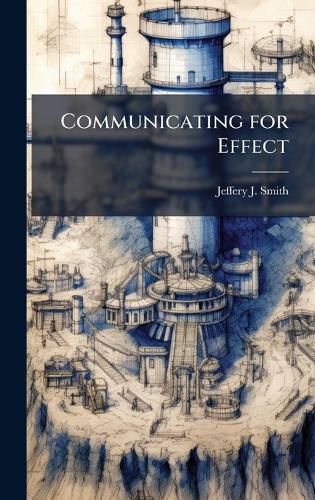Readings Newsletter
Become a Readings Member to make your shopping experience even easier.
Sign in or sign up for free!
You’re not far away from qualifying for FREE standard shipping within Australia
You’ve qualified for FREE standard shipping within Australia
The cart is loading…






As far back as Sun Tzu, military thinkers have recognized the objective in war is to persuade the enemy to bow to our will. While the goal of combat is the destruction or capitulation of enemy forces, the goal of war is to influence. But the operational bias of both military leaders and analysts has often ignored this precept to concentrate on kinetic effects and more concrete measures of effectiveness. This bias threatens to skew both the conduct of war at the operational level, and force structure decisions made on the basis of military operational analyses. Weapons of Mass Influence attempt to apply the principles of persuasive and coercive diplomacy to groups, populations, and societies. Although the principles of applying coercive diplomacy to decision makers have been explored in some depth by Schelling, Pape, and others, the theoretical bases for shaping of the attitudes and behaviors of populations and large subsets of populations is much less well developed. Three major obstacles to effective influence operations can be identified: poor integration of influence operations into the planning process due to unrealistic expectations, poor definitions, and confusing or inadequate terminology; an intelligence vacuum concerning target individuals or populations and estimates of the effectiveness of various influence techniques/weapons against those targets; and a the lack of credible assessment/analysis methodologies and measures of effectiveness. A framework and lexicon for developing and analyzing influence weapons will be presented to map out the challenges of developing analytical techniques that would allow more effective development and assessment of influence campaigns.
This work has been selected by scholars as being culturally important, and is part of the knowledge base of civilization as we know it. This work was reproduced from the original artifact, and remains as true to the original work as possible. Therefore, you will see the original copyright references, library stamps (as most of these works have been housed in our most important libraries around the world), and other notations in the work.
This work is in the public domain in the United States of America, and possibly other nations. Within the United States, you may freely copy and distribute this work, as no entity (individual or corporate) has a copyright on the body of the work.
As a reproduction of a historical artifact, this work may contain missing or blurred pages, poor pictures, errant marks, etc. Scholars believe, and we concur, that this work is important enough to be preserved, reproduced, and made generally available to the public. We appreciate your support of the preservation process, and thank you for being an important part of keeping this knowledge alive and relevant.
$9.00 standard shipping within Australia
FREE standard shipping within Australia for orders over $100.00
Express & International shipping calculated at checkout
As far back as Sun Tzu, military thinkers have recognized the objective in war is to persuade the enemy to bow to our will. While the goal of combat is the destruction or capitulation of enemy forces, the goal of war is to influence. But the operational bias of both military leaders and analysts has often ignored this precept to concentrate on kinetic effects and more concrete measures of effectiveness. This bias threatens to skew both the conduct of war at the operational level, and force structure decisions made on the basis of military operational analyses. Weapons of Mass Influence attempt to apply the principles of persuasive and coercive diplomacy to groups, populations, and societies. Although the principles of applying coercive diplomacy to decision makers have been explored in some depth by Schelling, Pape, and others, the theoretical bases for shaping of the attitudes and behaviors of populations and large subsets of populations is much less well developed. Three major obstacles to effective influence operations can be identified: poor integration of influence operations into the planning process due to unrealistic expectations, poor definitions, and confusing or inadequate terminology; an intelligence vacuum concerning target individuals or populations and estimates of the effectiveness of various influence techniques/weapons against those targets; and a the lack of credible assessment/analysis methodologies and measures of effectiveness. A framework and lexicon for developing and analyzing influence weapons will be presented to map out the challenges of developing analytical techniques that would allow more effective development and assessment of influence campaigns.
This work has been selected by scholars as being culturally important, and is part of the knowledge base of civilization as we know it. This work was reproduced from the original artifact, and remains as true to the original work as possible. Therefore, you will see the original copyright references, library stamps (as most of these works have been housed in our most important libraries around the world), and other notations in the work.
This work is in the public domain in the United States of America, and possibly other nations. Within the United States, you may freely copy and distribute this work, as no entity (individual or corporate) has a copyright on the body of the work.
As a reproduction of a historical artifact, this work may contain missing or blurred pages, poor pictures, errant marks, etc. Scholars believe, and we concur, that this work is important enough to be preserved, reproduced, and made generally available to the public. We appreciate your support of the preservation process, and thank you for being an important part of keeping this knowledge alive and relevant.